Click, click, click.
Betty Houtman’s hands moved with practiced ease, her knitting needles clicking with an even rhythm as stitch after stitch passed through her hands, on their way to becoming another sweater, another shawl, another afghan.
Knitting eases her worries, calms her anxieties.
“I would knit while I was waiting for a doctor’s appointment,” Houtman said. “And there were times that I was awaiting a procedure, but I didn’t have my knitting needles in hand, and so I would visualize the stitches in my mind to help me feel calm.”
Houtman, 66, a clinical nurse instructor at Spectrum Health Helen DeVos Children’s Hospital, found herself in the patient’s spot not so long ago.
In 2017, she began experiencing physical discomfort during her normally uneventful daily walks, as well as steadily increased blood pressure.
Her cardiologist obtained CT scans of her chest, abdomen and pelvis, which demonstrated narrowing of her aorta. Houtman was subsequently referred to Sihong Huang, MD, an adult congenital heart specialist at the Congenital Heart Center at Helen DeVos Children’s Hospital.
“I’m normally an active person,” Houtman said. “I do yoga, I walk every day.
“I didn’t stop doing these things and it wasn’t that I was short of breath,” she said. “I just started to feel like I was melting into the ground when I was going uphill.”
Dr. Huang reviewed Houtman’s health history and soon learned she had been in a serious car crash as a teenager in 1969.
“Betty either had a congenital coarctation, or narrowing of her aorta, or it was severely injured in that car accident,” Dr. Huang said.
Once a saver, now a danger
Doctors had repaired the ruptured aorta many years ago, following the car accident, but over time the grafted area had calcified.
Dr. Huang discovered the grafted aorta measured only about 4 millimeters. “It should have been closer to 25,” the doctor said.
Consequently, Houtman experienced slow but gradual increases in her blood pressure, until it was no longer controllable despite being on four blood pressure medications and all at maximum dosages.
After reviewing CT scans of Houtman’s chest, abdomen and legs, Dr. Huang recommended an intervention of the narrowed aorta in order to restore normal blood flow.
As Houtman discussed the options with her doctor, she came to understand that whatever decision she made would involve serious risk.
She ultimately had two choices: surgery or a stent via angioplasty.
With surgery, she risked bleeding, paralysis as a result of bleeding, and prolonged recovery, given her age.
With a stent, because of the calcification, she faced a risk of possible tearing or rupture of the aorta requiring emergency surgery, given that the aorta had grown so brittle.
Houtman chose the least invasive option: a stent.
Staying calm
In fall 2017, doctors at Helen DeVos Children’s Hospital placed the stent in Houtman’s aorta.
To help ease her anxiety before the procedure, Houtman said she imagined herself knitting a neat row of stitches. She remembers her delight at waking in the recovery room shortly afterward.
“When I woke up I realized I was alive,” she said. “And all I could do was to keep repeating: ‘It worked, it worked!’”
Houtman has since undergone two dilations of the stent, ever widening the space in her expanding aorta and allowing for more blood flow.
She no longer feels like she’s melting into the ground when she walks uphill.
Her energy level is back to normal, along with her blood pressure.
“When I first met Betty in the clinic, her upper body blood pressure was 100 points higher than the lower body,” Dr. Huang said. “Her upper body blood pressure was 200 and should normally be below 130. Normally, blood pressure in the upper body should be lower than in the lower body.”
Houtman’s numbers are now fantastic.
“I feel like I’ve been given the gift of life and love twice,” Houtman said. “First, after that car accident. And now, my life has been saved a second time.”
After her second save, Houtman began Knitwell, which encourages groups of people to meet at various locations around Grand Rapids to learn new techniques, methods, and stitches.
Sometimes, they get together just to sit and chat as they knit. It’s a form of blood pressure medicine in its own right.
“Studies have shown that the repetitive motion of knitting releases serotonin, which increases a sense of well-being and reduces cortisol, the stress hormone,” Houtman said.
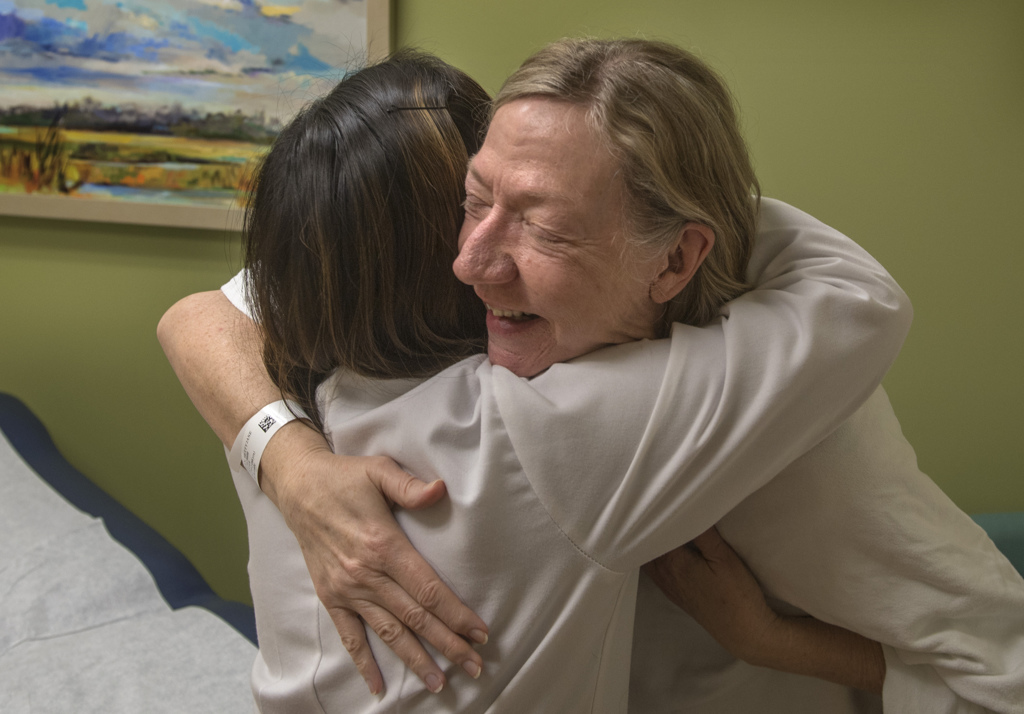
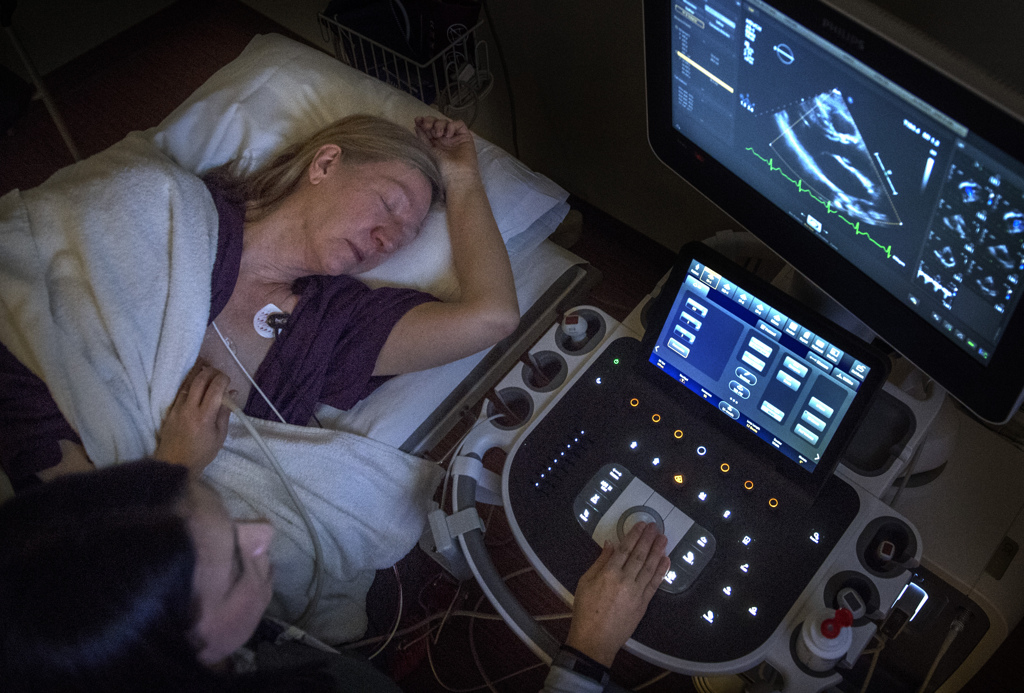
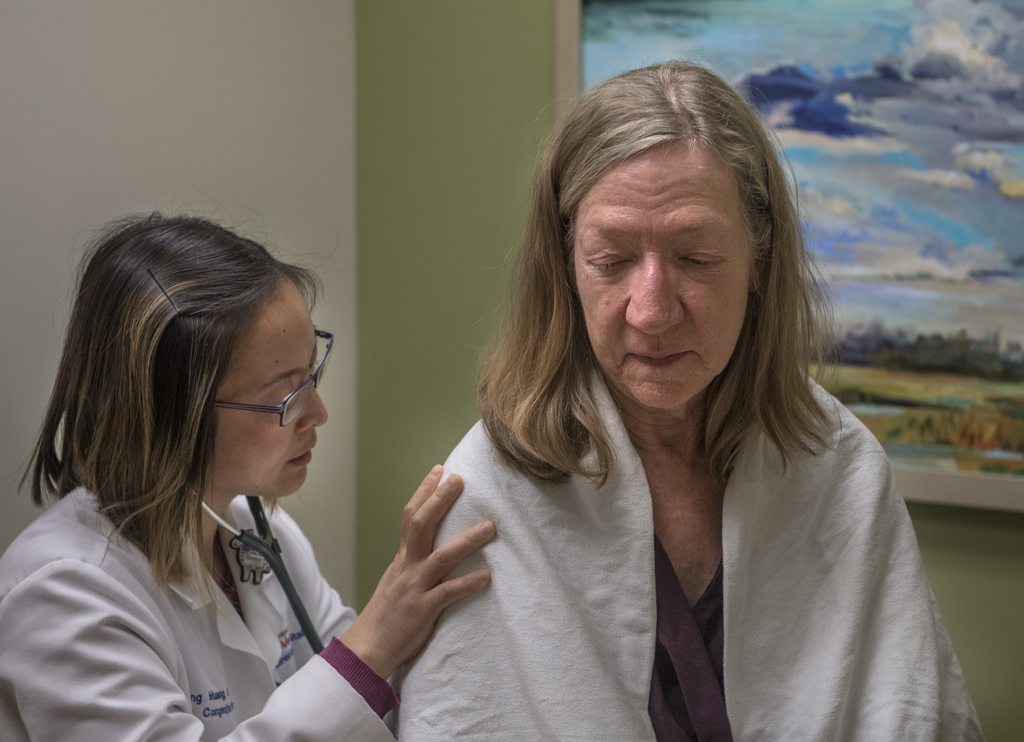
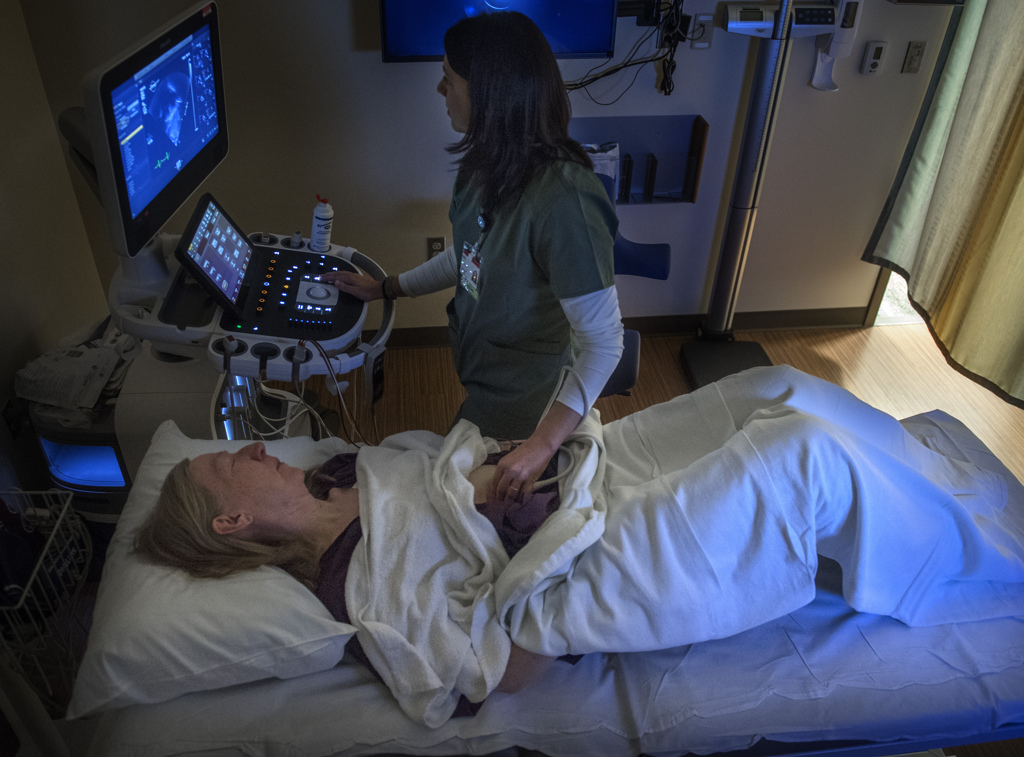
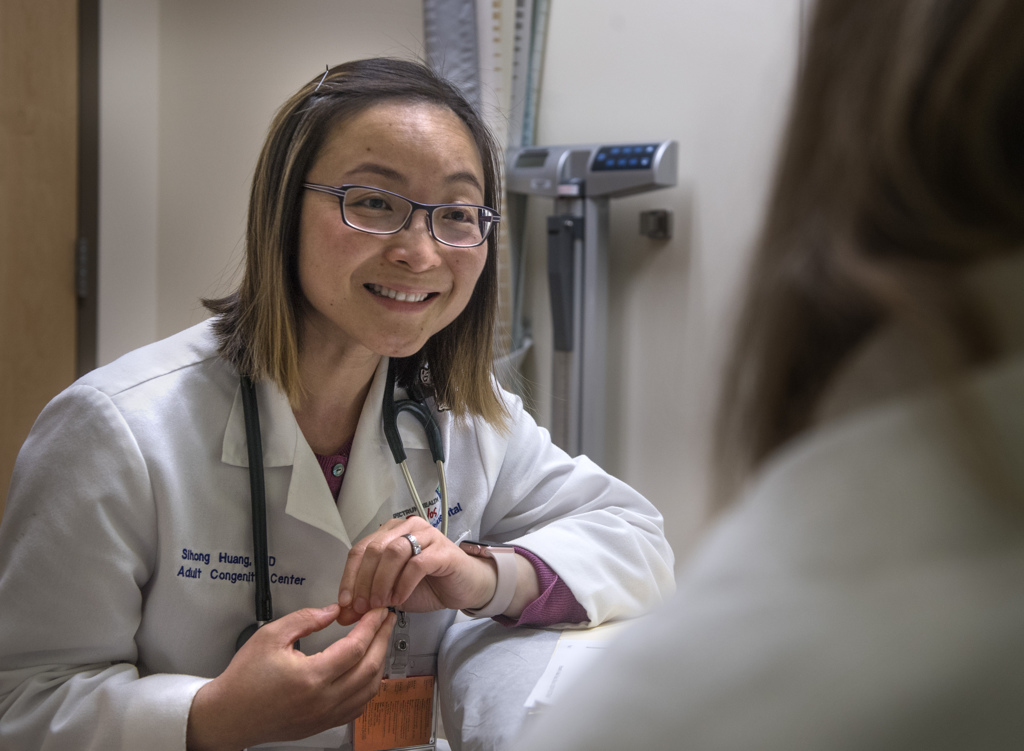
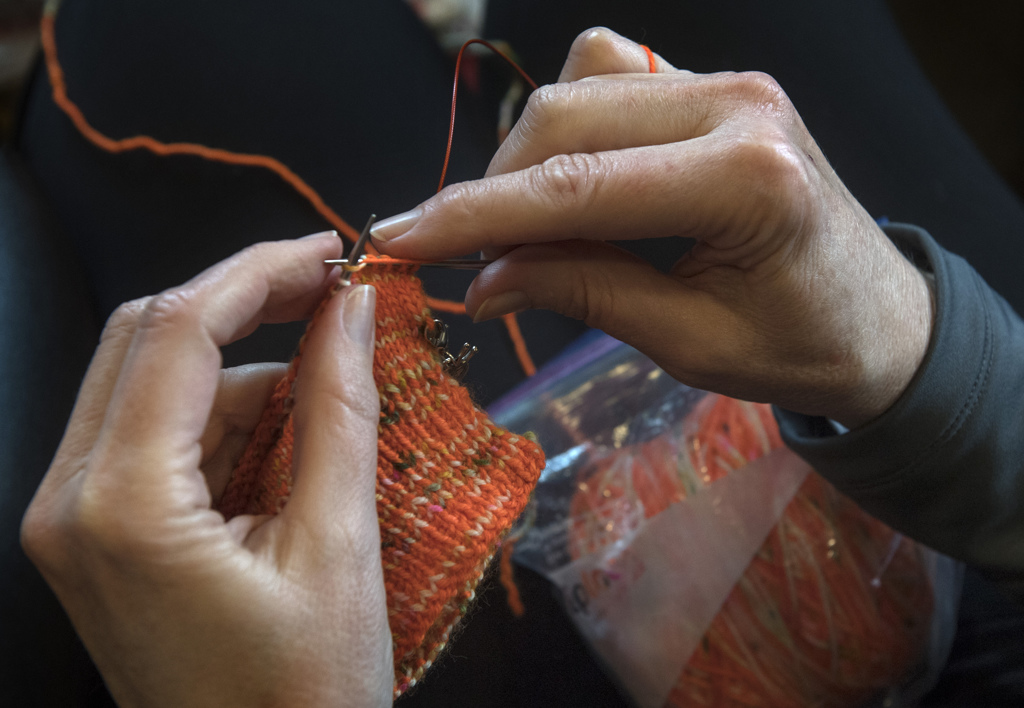

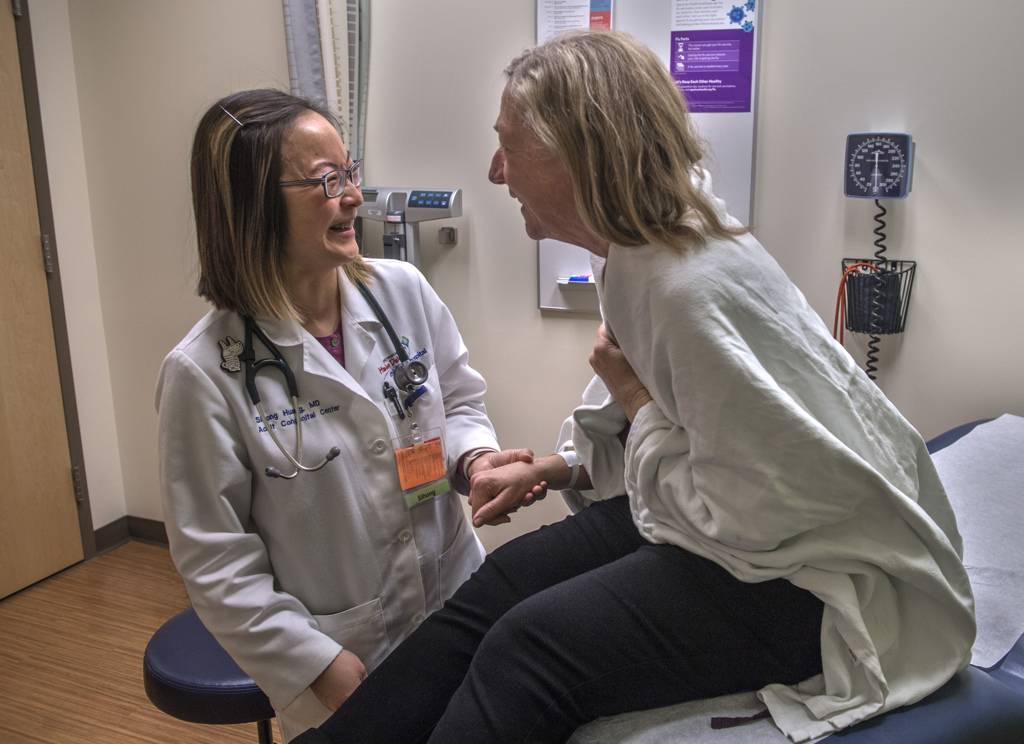



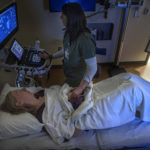
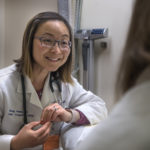
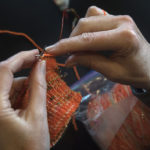
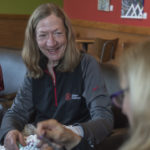

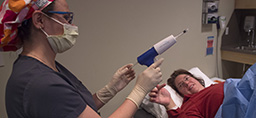 /a>
/a>
 /a>
/a>
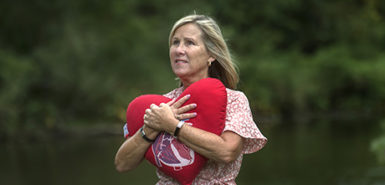 /a>
/a>
Betty is a dear friend and former co-worker, she encouraged me to further my education, which I did because of her. So glad she was able to get her aorta taken care of because she has a lot more students to encourage and mentor.
Thank you for sharing, Karen, and for your kind comment. Best wishes to you!